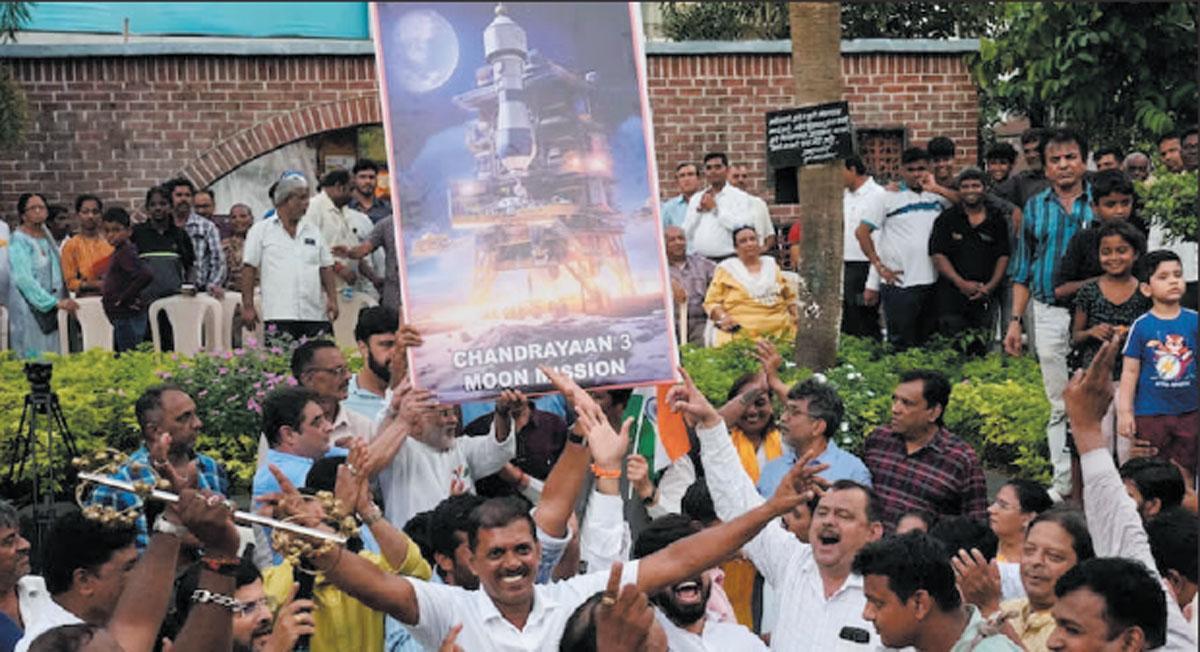Africa-Press – Cape verde. Some ten years ago, in September 2014, Jonathan Amos, Science correspondent of BBC News reported on India’s successful and exciting mission to propel and orbit the Mangalyaan satellite around Planet Mars.
It was the first successful inter-planetary mission undertaken by any Asian country, including China and Japan, not a mean achievement with far more limited resources than either.
Responding to the usual criticisms of India’s space ambitions and expenditures when the country was still mired in myriad developmental and economic problems, he stated: “There’s an assumption among many, that space activity is somehow a plaything best left to wealthy industrial countries; that it can have no value to developing nations.
” In October 2014, the New York Times apologised for an offensive cartoon by Heng Kim Song depicting an Indian farmer with a cow knocking at the door of a room marked Elite Space Club where two wealthy white men sit reading a newspaper on India’s feat. But the underlying psyche may not have phased out.
It was easy to point out that Indian scientists and engineers at Indian Space Research Organisation (ISRO), working on shoe-string budgets, had achieved that extraordinary Mars mission feat in rocket and satellite developments, against Western technology bans, for less than US$ 74m, one-tenth what Europe or the USA had spent to send their own orbiting satellites around Mars.
Or that satellites can and have proved vastly effective in agricultural mapping, ocean or weather watch, urban and land planning and has been an immense facilitator of communication networks or in taking general and health education to the remotest village of India. Or simply the excitement and passion that has gripped India’s children and adolescents, spurring interest in those science and technology fields.
Or that visionary investments in science, technology, higher education have long-term benefits that cannot be gauged through stubborn blinkers, occidental paternalism, or the moralising lectures from many quarters unhappy at the irruption and rise of another player in the space technology market.
Against imposed bans on sophisticated technology transfers, India had to place significant emphasis on developing indigenous technology and achieving self-reliance in space exploration. This approach has had the fortunate effect of driving India’s drive for self-reliance in strategic procurements.
PM Modi has pushed further the development of critical components, launch vehicles, and satellites within the country, reducing dependency on external sources and fostering technological innovation. All achieved while lifting some 450m Indians out of poverty, one may add, for the benefit of the prejudiced few in the Western media.
For More News And Analysis About Cape verde Follow Africa-Press






